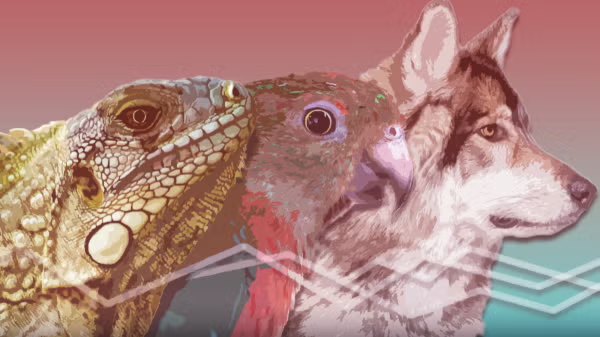Sci-fi evolves into technology with new ASU Center for Materials of the Universe

The Center for Materials of the Universe at ASU will bring together scientists and engineers to form cross-disciplinary research teams to expedite humanity’s next steps in the universe.
Oct. 1, 2019, is almost 50 years to the day since a precocious assistant professor named Alexandra Navrotsky started her independent career at Arizona State University's Department of Chemistry (now the School of Molecular Sciences). On that day, Navrotsky, now a member of the National Academy of Sciences, will return to ASU to head the new one-of-a-kind Center for Materials of the Universe.
“I am very pleased that Alexandra Navrotsky has agreed to join as a two-thirds time full professor, (in) both the School of Molecular Sciences in The College of Liberal Arts and Sciences and the School for Engineering of Matter, Transport and Energy in the Ira A. Fulton School of Engineering,” said Professor Neal Woodbury, director of the School of Molecular Sciences.
“Alex will lead the development of the Center for Materials of the Universe, that will involve SMSSchool of Molecular Sciences, School of Earth and Space Exploration, Department of Physics and SEMTESchool for Engineering of Matter, Transport and Energy faculty. Materials of the Universe will bring together scientists and engineers to form cross-disciplinary research teams to expedite humanity’s next steps in understanding and exploring the universe,” Woodbury said.
“I am returning to an ASU which is much more dynamic than the one I left in 1985 and I am coming home to the Southwest I love,” Navrotsky said. “The opportunity to help build the Center for Materials of the Universe and involve old and new friends and colleagues in it as well as broader efforts in materials is an immensely exciting new adventure.”
“By crossing disciplinary boundaries, (the center) will naturally enable problem-based teaching in science education at many levels, preparing the next generation of scientists, engineers and entrepreneurs to sustain our nation’s prosperity,” said Professor William Petuskey of the School of Molecular Sciences. “Discoveries from the center will, in turn, inform materials science, where, more often than not, finding a new material with the right properties impedes an innovation.”
“Alex Navrotsky’s center is welcome on our campus. While the title might raise some eyebrows, there are in fact a great many solid materials in the extraterrestrial universe, about which questions can be raised, concerning origins and possible applications,” said Regents’ Professor Austen Angell of the School of Molecular Sciences. “Her concept is therefore a challenge to our collective scientific imagination, both with respect to identification and exploitation.”

Alexandra Navrotsky
With its present faculty and planned recruitments under the Center for Materials of the Universe, ASU is in a unique and timely position to build on and expand its long-standing tradition of research linking solid state science and Earth and planetary science. The acceleration of space exploration both physically and remotely is rapidly revealing new and unanticipated observations and questions about the constitution of the universe, the ubiquitous existence and evolution of planets of many different types, and their implications for life and technology.
Solid materials and their liquid, gaseous, and dissolved precursors and products are the “star stuff” of planets including our own Earth. Their transformations and diversity set the stage for past, present, and future evolution of planetary bodies within and beyond our solar system. We mine natural materials (including minerals, water and petroleum) on Earth and use them to design new technological materials for our global economy.
Navrotsky explains that the center will provide the fundamental knowledge to expand these activities beyond our planet’s confines, hopefully with a balanced approach in managing the environments of these new worlds.
“In science as in life, every day is a new adventure!” Navrotsky said.
More Science and technology

ASU-led Southwest Sustainability Innovation Engine funds 8 promising tech startups
In the startup world, tech companies often fall victim to what’s known as the “valley of death” — the gap between technological…

New study explores the link between diet, blood sugar and cancer risk across species
Researchers have long known that diet exerts a profound influence on health, including the risk of developing cancer. A new study…
Think you understand your dog? Don't be so sure
Life with a dog is a matter of give and take, especially when it comes to communication. With no common human-dog language, our…